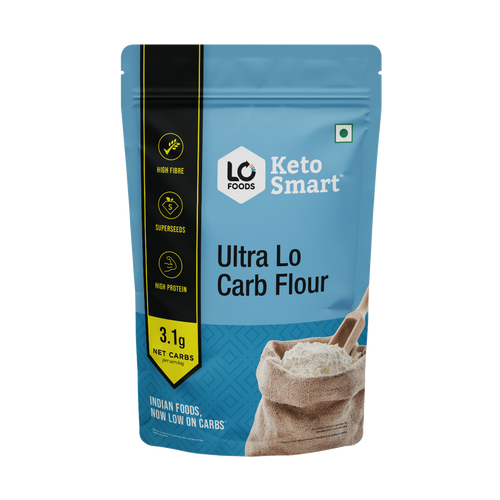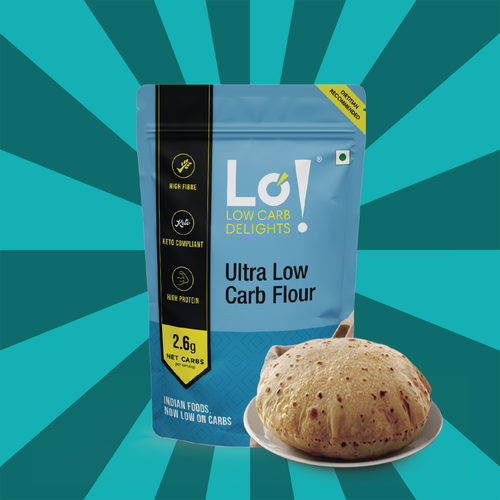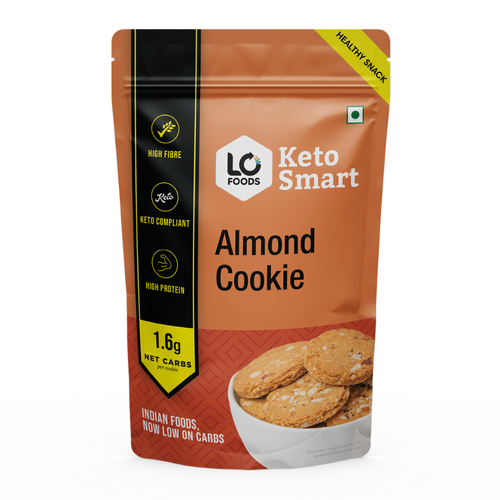
Are Millets Good for Weight Loss? What the Science Says
With rising concerns around obesity and lifestyle-related health conditions, people are turning back to traditional foods that offer both nourishment and weight management. Millets, once a dietary staple in many parts of India and Africa, are now drawing global attention for their health-supportive properties. Among their many benefits, weight loss is one of the most widely discussed.
Science is beginning to catch up with traditional knowledge, validating the use of millets as a functional food that aids in fat loss, improves metabolism, and supports long-term health.

How Millets Support Weight Loss at the Metabolic Level
Millets promote weight loss through several interconnected physiological mechanisms. Unlike refined grains, they are slow-digesting complex carbohydrates that release glucose gradually into the bloodstream. This stabilizes blood sugar levels and reduces insulin spikes—one of the primary triggers for fat storage.
Additionally, millets are rich in resistant starch and soluble fiber, which act as prebiotics. They support a healthier gut microbiome, which in turn helps regulate hunger hormones like ghrelin and leptin. A balanced gut ecosystem has been directly linked to better fat metabolism and appetite control.
Millets also have a low glycemic index and low energy density, meaning you can eat a satisfying portion without consuming excessive calories.
Common Causes of Weight Gain Linked to Modern Grains
Many people struggle with weight despite eating what appears to be a “normal” amount of food. Often, the culprit lies in the quality of grains consumed. Polished white rice, refined wheat, and ultra-processed grain products lack fiber and essential nutrients, leading to imbalanced hunger signals and overeating.
Some causes associated with these refined grains include:
-
Rapid Glucose Absorption: Spikes insulin and promotes fat storage.
-
Low Satiety: Lack of fiber and protein means you feel hungry soon after.
-
Nutrient Depletion: Missing vitamins and minerals slow down metabolic function.
-
Overeating Triggers: High glycemic load causes cravings and binge cycles.
Switching to millets addresses these root causes and brings the body back to a more balanced state.
Symptoms of a Grain-Imbalanced Diet That Millets Can Address
A diet dominated by refined carbohydrates often leads to subtle but telling symptoms. These signs can indicate poor metabolic health and a tendency toward weight gain:
-
Constant Hunger: Even after meals, a lack of fiber and protein leads to frequent snacking.
-
Energy Slumps: Blood sugar crashes mid-day after high-carb meals.
-
Bloating and Indigestion: Refined flours can disrupt gut bacteria and digestion.
-
Mood Swings or Brain Fog: Fluctuating glucose levels affect focus and mental clarity.
Millets, being nutrient-dense and fibrous, can help restore equilibrium and reverse these symptoms over time.
Millet Types and Their Weight Loss Potential
Each variety of millet has unique benefits. Here’s a simple comparison:
|
Millet Type |
Key Benefit for Weight Loss |
Best Use |
|---|---|---|
|
Foxtail Millet |
High fiber, low GI |
Replaces rice in lunch/dinner |
|
Barnyard Millet |
Very low calorie and quick digesting |
Ideal for fasting or detox days |
|
Kodo Millet |
Improves satiety and gut motility |
Upma, salads, stir-fries |
|
Little Millet |
High in B-complex vitamins |
Porridges and light khichdis |
|
Browntop Millet |
Rich in antioxidants and easy to digest |
Ideal for weight management diets |
Rotating these millets ensures a variety of nutrients and prevents food monotony, making adherence to a weight loss plan easier.
Scientific Studies That Back It Up
Research has increasingly shown the connection between millet consumption and weight reduction. A clinical trial published in Frontiers in Nutrition found that participants who consumed millet-based meals for 12 weeks showed significant reductions in BMI, waist circumference, and body fat percentage compared to those on a rice- or wheat-based diet.
Another study in the Journal of Food Science and Technology reported that millets helped in reducing postprandial blood sugar and insulin responses, leading to better hunger regulation and energy utilization.
These findings suggest that millets don't just help with calorie control but actively support the body's natural weight-regulating systems.
Why Millets Improve Satiety and Reduce Cravings
The satiety factor of millets is often underestimated. Millets slow down gastric emptying, making you feel fuller for a longer duration. This is due to their:
-
Fiber Content: Adds bulk and delays digestion.
-
Protein Profile: Millets like pearl and finger millet offer decent amounts of plant-based protein.
-
Slow-Release Carbs: Avoid energy crashes that often lead to sugar cravings.
As a result, meals with millets can help break the cycle of snacking and unnecessary calorie intake, a major factor in long-term fat accumulation.
Hormonal Balance and Weight Management
Many people struggle with weight due to hormonal imbalances, particularly involving insulin, cortisol, thyroid hormones, or estrogen. Millets can contribute to restoring balance in subtle ways:
-
Reduce Insulin Resistance: Slow carb absorption improves insulin function.
-
Cortisol Modulation: Magnesium in millets supports adrenal health and stress resilience.
-
Thyroid Support: Properly prepared millets (e.g., soaked, fermented) are safe and beneficial even for thyroid-sensitive individuals when consumed in moderation.
-
Estrogen Balance: The fiber content helps in the elimination of excess estrogen via improved digestion.
Balanced hormones are the foundation of sustainable weight loss, and millets fit well into this equation.

Practical Meal Planning with Millets for Weight Loss
Incorporating millets into a structured meal plan can improve consistency and results. Here's how:
-
Breakfast: Ragi porridge with nuts and seeds.
-
Lunch: Foxtail millet pulao with vegetables and lean protein.
-
Snacks: Millet chivda or roasted millet puffs.
-
Dinner: Kodo millet khichdi with curd or soup.
Portion control and mindful eating remain important, but these meals offer satiety and satisfaction with fewer calories.
Conclusion
Millets are not just another dietary trend—they are a science-backed solution to modern weight issues. From regulating hunger and improving digestion to balancing hormones and enhancing metabolism, millets offer multi-dimensional support for weight loss. Their nutritional richness and low glycemic profile make them an ideal grain substitute for anyone aiming to shed excess weight naturally and sustainably. Choosing millets is not just about losing weight—it’s about gaining health.
This Blog post is an initiative by Lo! Foods, to provide accurate and Nutritionist / Doctor approved information related to Health. Lo! Foods is India's leading brand for Everyday Functional Foods. Foods designed for specific Health conditions or Needs. Lo! Foods also runs India's largest range of Low Carb Healthy Cloud Kitchens, under the brand names of Lo!, ProteinChef, ATH (All Things Healthy) and DiabeSmart.















Leave a comment
Your email address will not be published.